General Discussion
Forum home - Go back to General discussion
|
Pacemaker Valve Radio
|
|
|
Return to top of page · Post #: 1 · Written at 5:29:34 AM on 15 December 2016.
|
|
|
|
Location: Palmerston North, NZ
Member since 15 December 2016 Member #: 2022 Postcount: 7 |
|
Good morning Everybody,.... |
|
|
Return to top of page · Post #: 2 · Written at 9:37:18 AM on 15 December 2016.
|
|
|
|
Location: Wangaratta, VIC
Member since 21 February 2009 Member #: 438 Postcount: 5590 |
|
Are you sure of EB81? Not listed. EBF81 (6AD6) perhaps? That is pin interchangeable but not the same. Its a medium cut of RF Pentode; EBF80 (6N8) is is a remote cut off RF AF Pentode. |
|
|
Return to top of page · Post #: 3 · Written at 9:42:37 AM on 15 December 2016.
|
|
|
|
Location: Melbourne, VIC
Member since 20 September 2011 Member #: 1009 Postcount: 1247 |
|
Hi Ray, |
|
|
Return to top of page · Post #: 4 · Written at 5:27:31 AM on 16 December 2016.
|
|
|
|
Location: Palmerston North, NZ
Member since 15 December 2016 Member #: 2022 Postcount: 7 |
|
Thanks guys,.... 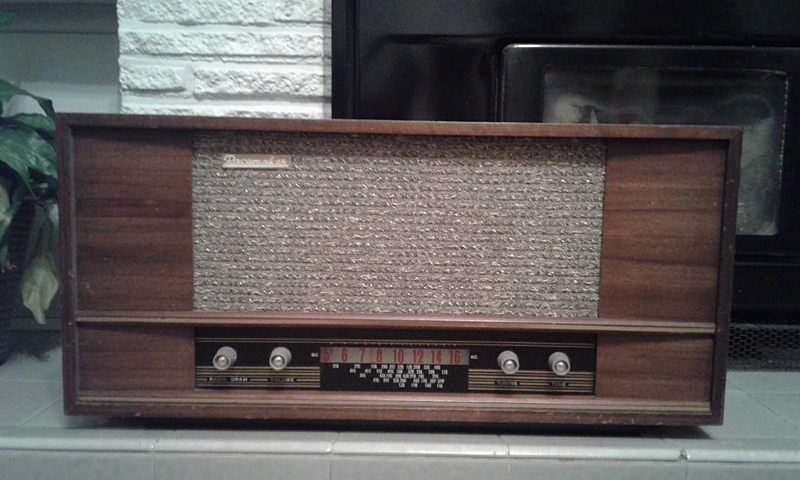 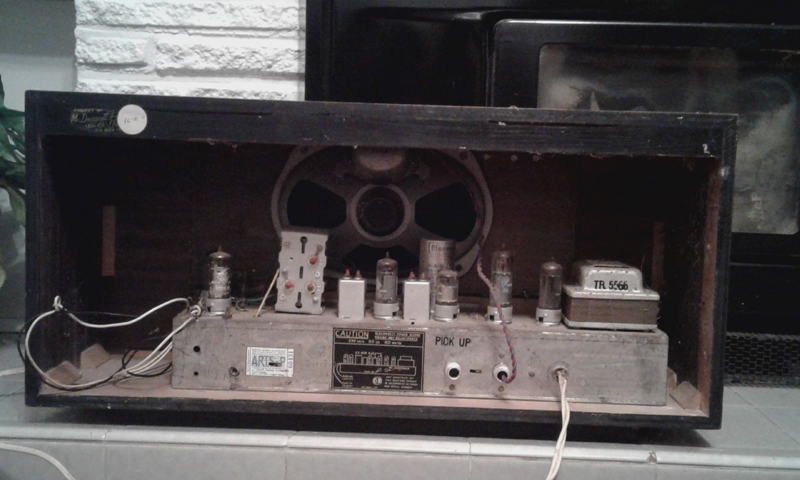 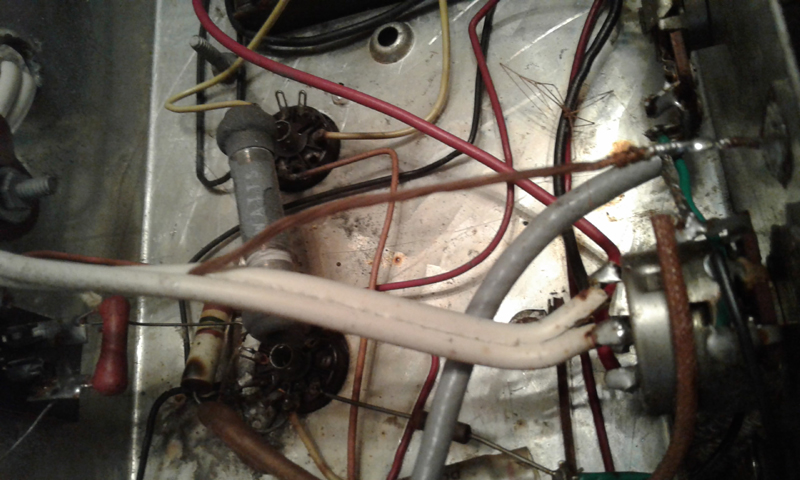 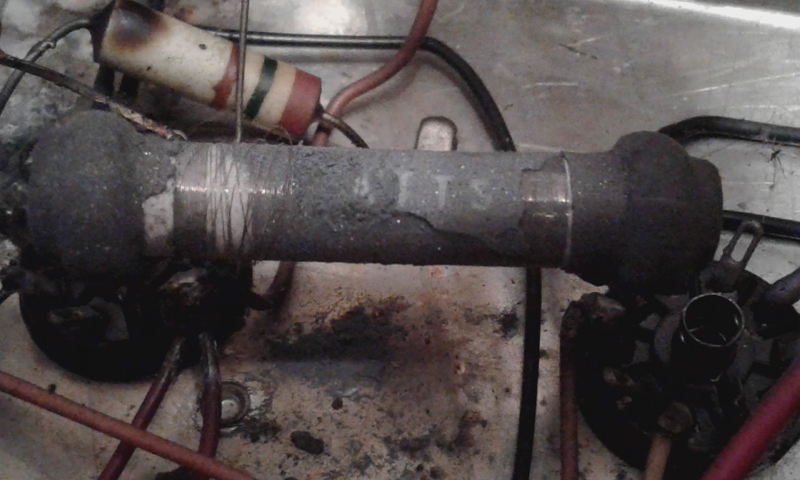 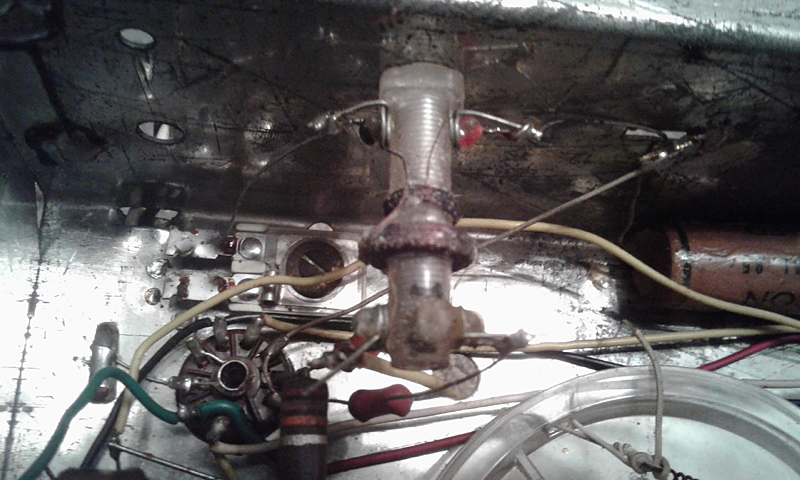 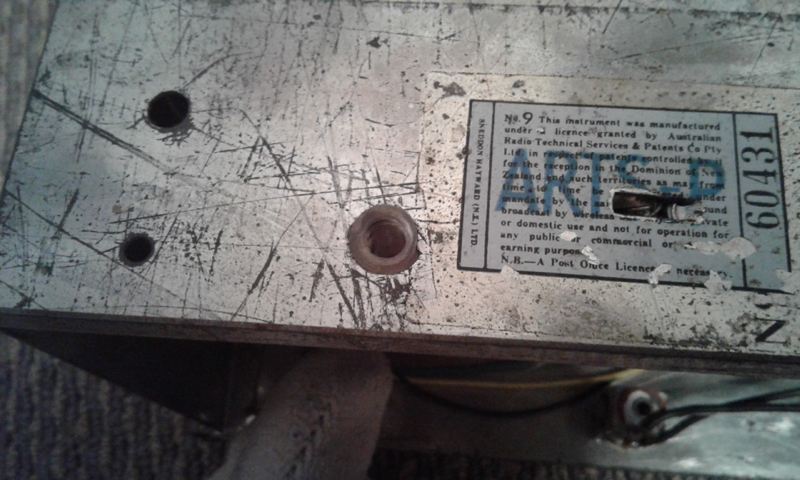 |
|
|
Return to top of page · Post #: 5 · Written at 7:55:13 PM on 16 December 2016.
|
|
|
|
Administrator
Location: Naremburn, NSW
Member since 15 November 2005 Member #: 1 Postcount: 7548 |
|
Photos uploaded to Post 4. ‾‾‾‾‾‾‾‾‾‾‾‾‾‾‾‾‾‾‾‾‾‾‾‾‾‾‾‾‾‾‾‾‾‾‾‾‾‾‾‾‾‾‾‾‾‾‾‾‾‾‾‾‾‾‾‾‾‾‾‾‾‾‾‾‾‾‾‾ A valve a day keeps the transistor away... |
|
|
Return to top of page · Post #: 6 · Written at 11:40:40 PM on 16 December 2016.
|
|
|
|
Location: Melbourne, VIC
Member since 20 September 2011 Member #: 1009 Postcount: 1247 |
|
Yes, it is a classic Kiwi radio from around the 1960 mark. |
|
|
Return to top of page · Post #: 7 · Written at 12:59:43 AM on 17 December 2016.
|
|
|
|
Location: Sydney, NSW
Member since 28 January 2011 Member #: 823 Postcount: 6882 |
|
In plugging the guitar into it last night,.. |
|
|
Return to top of page · Post #: 8 · Written at 11:51:23 AM on 17 December 2016.
|
|
|
|
Location: Hill Top, NSW
Member since 18 September 2015 Member #: 1801 Postcount: 2191 |
|
I'd be replacing those waxed Ducon capacitors immediately. The wirewound resistor doesn't look too good either. |
|
|
Return to top of page · Post #: 9 · Written at 4:35:07 PM on 17 December 2016.
|
|
|
|
Location: Harston, VIC
Member since 28 February 2009 Member #: 442 Postcount: 145 |
|
NZ had their own ARTS&P decals which had very similar wording to the Oz ones. The major difference was on the 5th and 6th lines which referred to the Dominion Of New Zealand. |
|
|
Return to top of page · Post #: 10 · Written at 11:07:42 PM on 17 December 2016.
|
|
|
|
Location: Wangaratta, VIC
Member since 21 February 2009 Member #: 438 Postcount: 5590 |
|
One thing is for sure with that one. There needs to be a serious look at the socket, as there will be carbon tracking. I would suggest that there has been some serious heat been put into that resistor before it probably went open..... Caused by what? |
|
|
Return to top of page · Post #: 11 · Written at 6:06:31 AM on 18 December 2016.
|
|
|
|
Location: Palmerston North, NZ
Member since 15 December 2016 Member #: 2022 Postcount: 7 |
|
Good morning all. |
|
|
Return to top of page · Post #: 12 · Written at 1:54:30 PM on 18 December 2016.
|
|
|
|
Location: Belrose, NSW
Member since 31 December 2015 Member #: 1844 Postcount: 2621 |
|
Most, but not all, parts are readily available, your radio is a definite restoration prospect. |
|
|
Return to top of page · Post #: 13 · Written at 6:01:06 AM on 19 December 2016.
|
|
|
|
Location: Palmerston North, NZ
Member since 15 December 2016 Member #: 2022 Postcount: 7 |
|
Thanks Ian, will try to locate someone here in NZ who will have them. 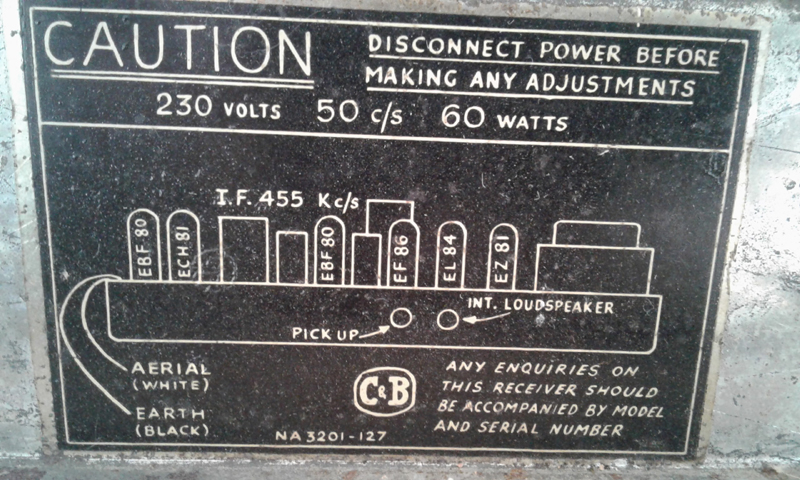 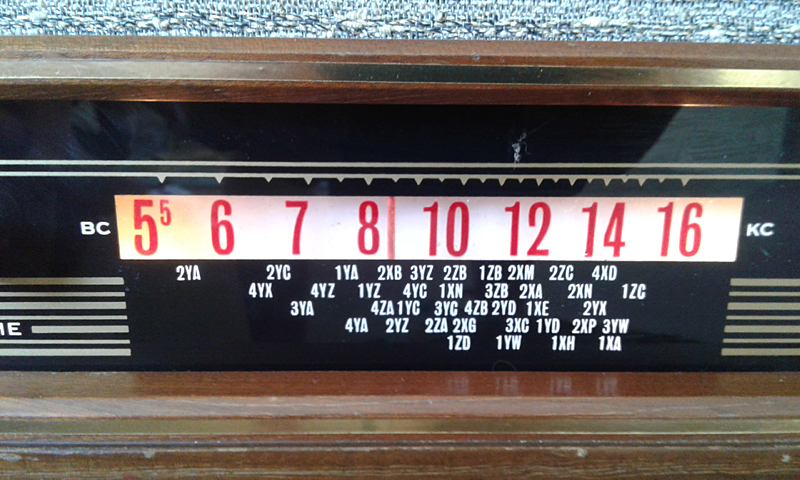 |
|
|
Return to top of page · Post #: 14 · Written at 9:46:06 PM on 19 December 2016.
|
|
|
|
Administrator
Location: Naremburn, NSW
Member since 15 November 2005 Member #: 1 Postcount: 7548 |
|
Supplementary photos uploaded to Post 13. ‾‾‾‾‾‾‾‾‾‾‾‾‾‾‾‾‾‾‾‾‾‾‾‾‾‾‾‾‾‾‾‾‾‾‾‾‾‾‾‾‾‾‾‾‾‾‾‾‾‾‾‾‾‾‾‾‾‾‾‾‾‾‾‾‾‾‾‾ A valve a day keeps the transistor away... |
|
|
Return to top of page · Post #: 15 · Written at 10:45:03 PM on 19 December 2016.
|
|
|
|
Location: Wangaratta, VIC
Member since 21 February 2009 Member #: 438 Postcount: 5590 |
|
An RCD and an insulation test is not your saviour. I will insulation test all HV transformer windings and especially between filament windings running a rectifier: But! |
|
|
You need to be a member to post comments on this forum.
|
|

Sign In

Vintage Radio and Television is proudly brought to you by an era where things were built with pride and made to last.
DISCLAIMER: Valve radios and televisions contain voltages that can deliver lethal shocks. You should not attempt to work on a valve radio or other electrical appliances unless you know exactly what you are doing and have gained some experience with electronics and working around high voltages. The owner, administrators and staff of Vintage Radio & Television will accept no liability for any damage, injury or loss of life that comes as a result of your use or mis-use of information on this website. Please read our Safety Warning before using this website.
WARNING: Under no circumstances should you ever apply power to a vintage radio, television or other electrical appliance you have acquired without first having it checked and serviced by an experienced person. Also, at no time should any appliance be connected to an electricity supply if the power cord is damaged. If in doubt, do not apply power.
Shintara - Keepin' It Real · VileSilencer - Maintain The Rage
